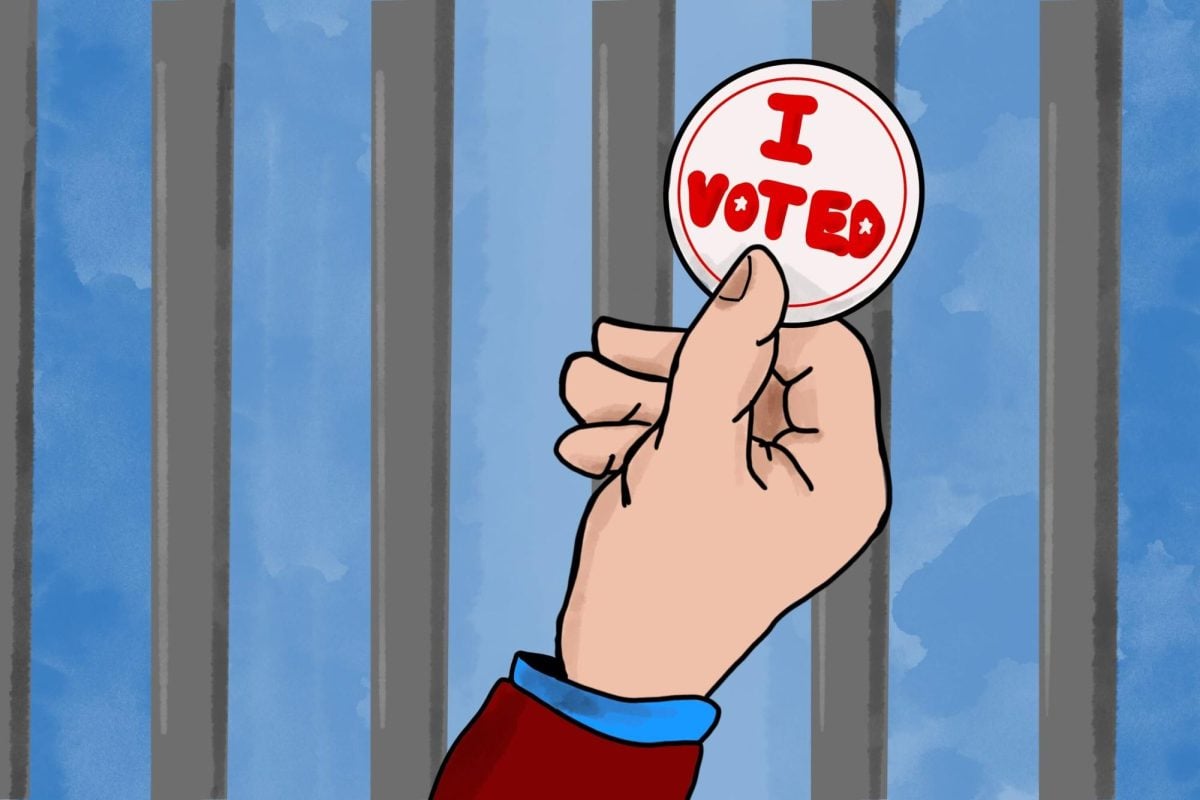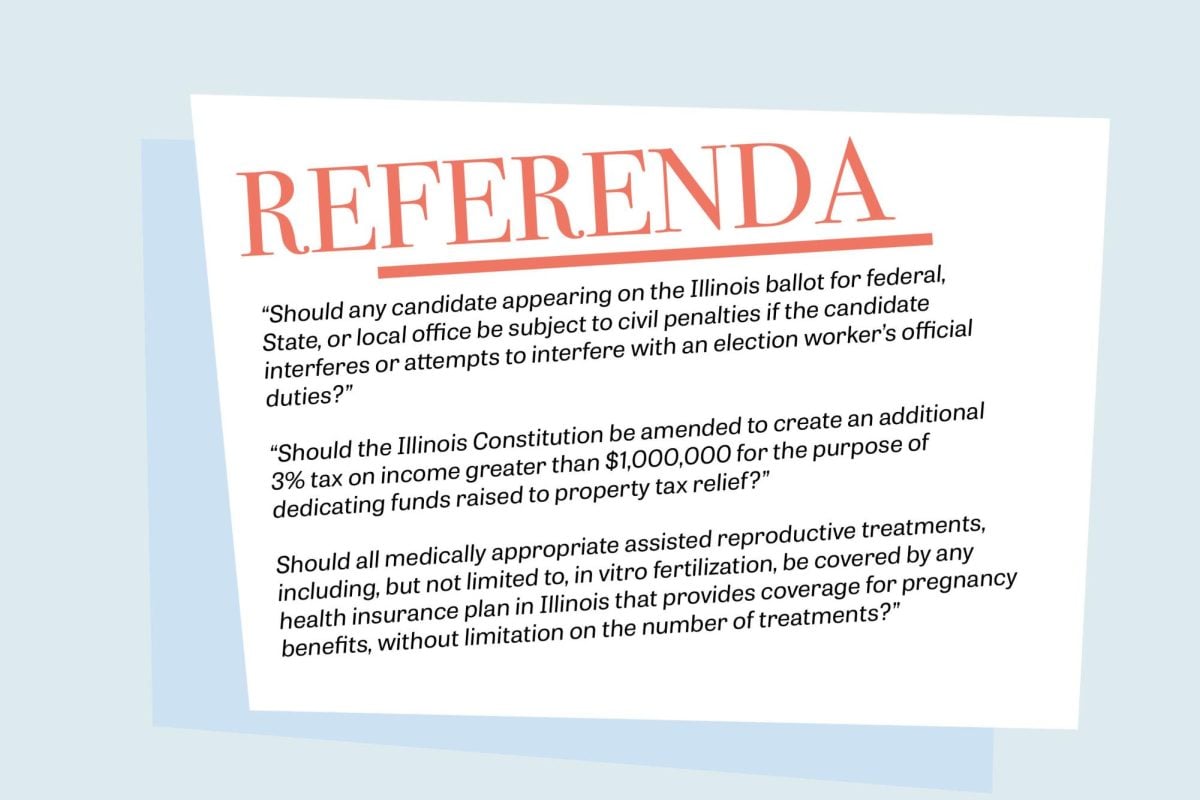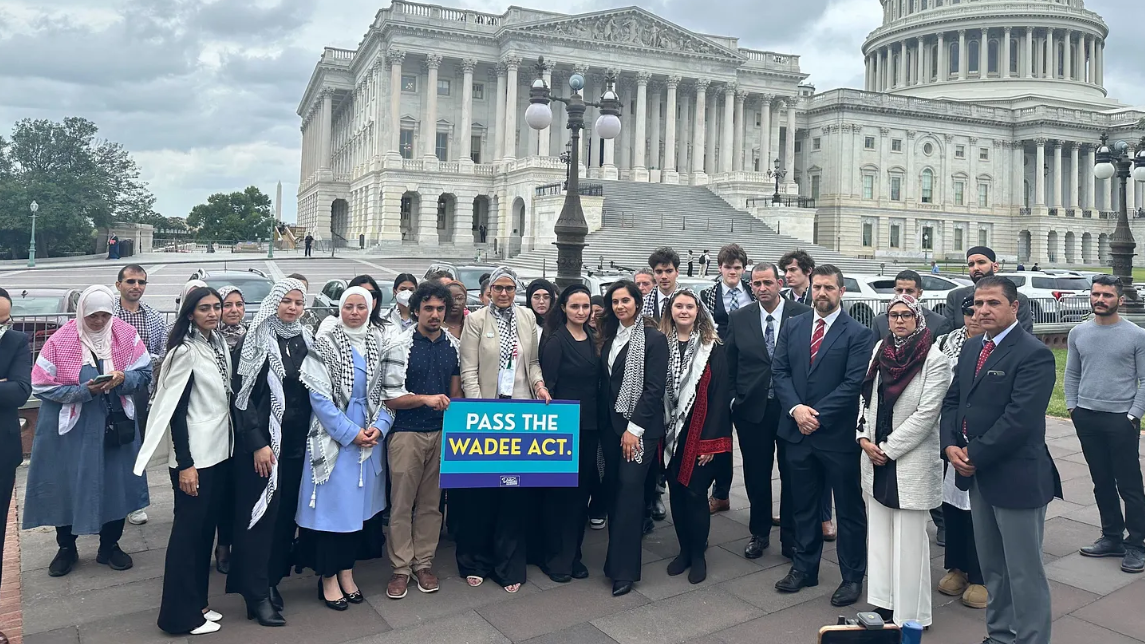As the Cook County Department of Corrections nears 100 percent capacity, county officials are trying to raise public awareness of the issue and its potential consequences.
The high jail population is particularly worrisome as warmer weather leads to an increase in crime. Toni Preckwinkle, Cook County board president, published an opinion piece in the Chicago Tribune on April 2 highlighting the high jail population as a serious issue for the county.
“In Cook County we detain too many people charged with nonviolent offenses for too long,” Preckwinkle wrote.
Evanston residents who are arrested and charged with a crime generally remain in the Cook County Department of Corrections, located in Chicago, until their hearing. The Evanston Police Department has a small lockup facility that holds people for short periods of time — typically for less than 48 hours — before they appear before a judge or post bond, EPD Cmdr. Jay Parrott said.
Most people held in the Cook County jail have been charged but are still awaiting trial, said Frank Bilecki, spokesman for the Cook County Sheriff’s office. The remaining detainees serve out a short sentence, typically 30 or 60 days. Criminals convicted of more serious crimes serve their sentences with the Illinois Department of Corrections.
The length of stay at the jail was the “number one problem” causing overcrowding, Bilecki said. The average length of stay in 2012 was 57 days, compared to 47 days in 2007, he said. According to Preckwinkle’s opinion piece, the average length of stay for persons in the jail increased 5 percent in 2012 alone.
One factor contributing to the lengthy stay is that fewer of those arrested are being released on electronic monitoring or “I bonds,” which allow individuals arrested for minor crimes to be released without having to post bond, Bilecki said. The proportion of arrestees released on “I bonds” and electronic monitors decreased from 40 percent in July 2012 to 14 percent in February and March this year, Bilecki said. In her op-ed, Preckwinkle said judges should set more reasonable bonds so more people can be released from the jail.
John Maki, executive director for the pro-prison reform group John Howard Association of Illinois, called the increase in jail population a “disaster” and said the problem needs fixing.
“The system is at such a point where we need a legislative answer, or the courts are going to be stepping in,” he said. “Illinois and Cook County don’t have much of a choice as to whether they should address the problem.”












